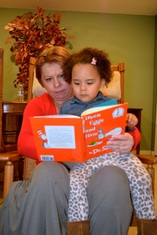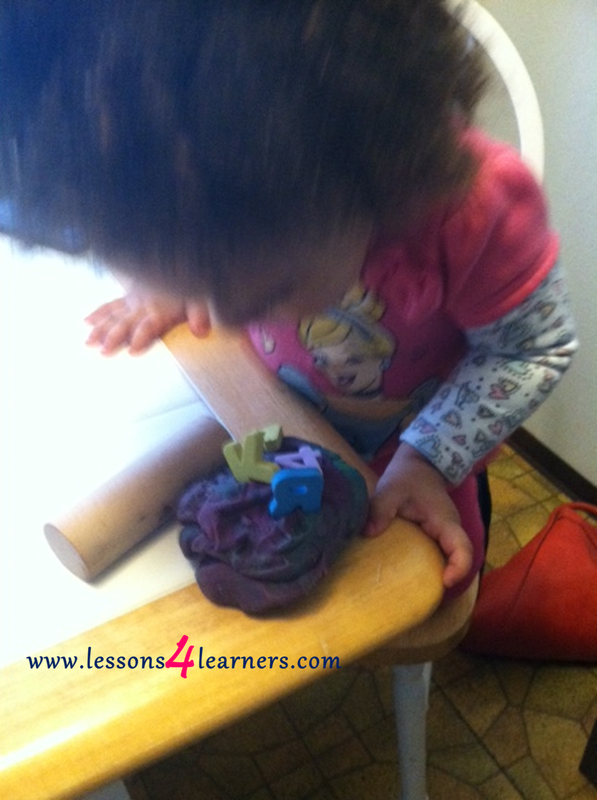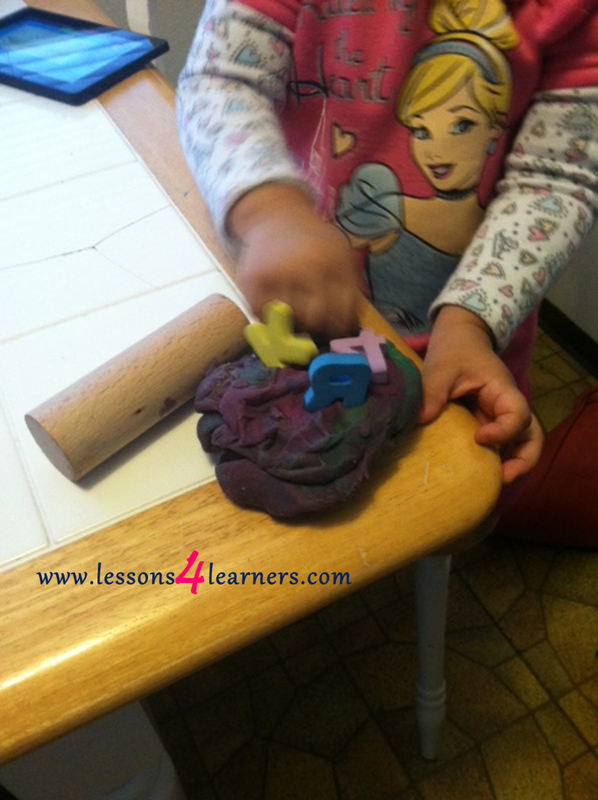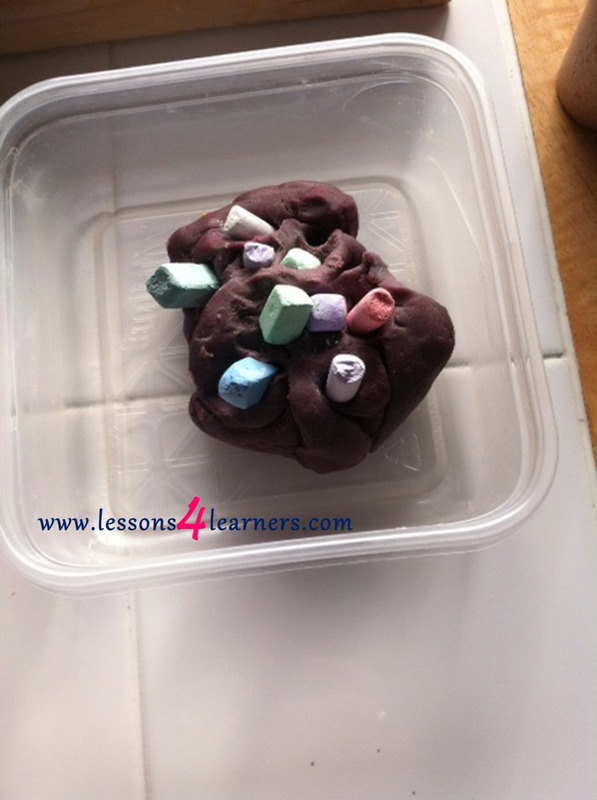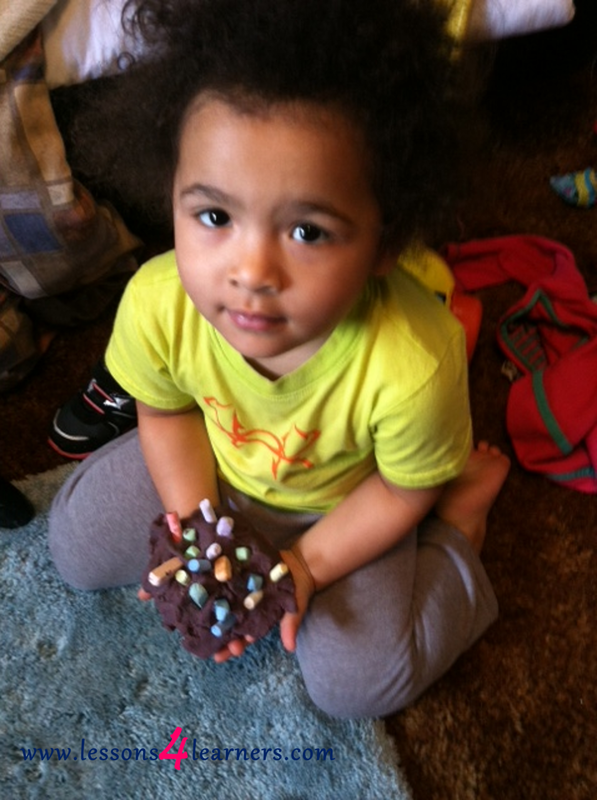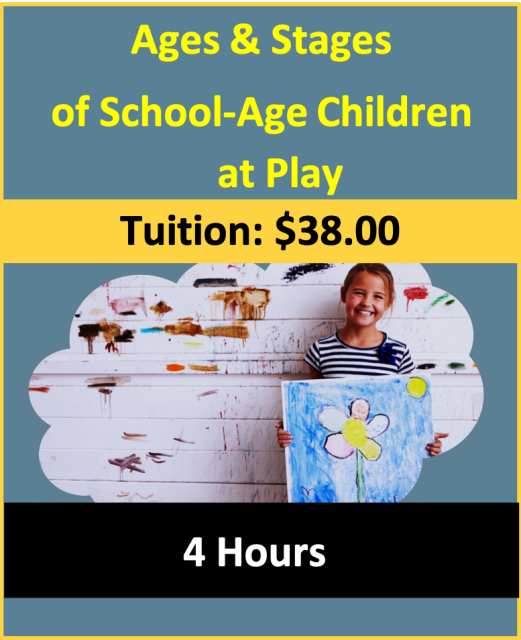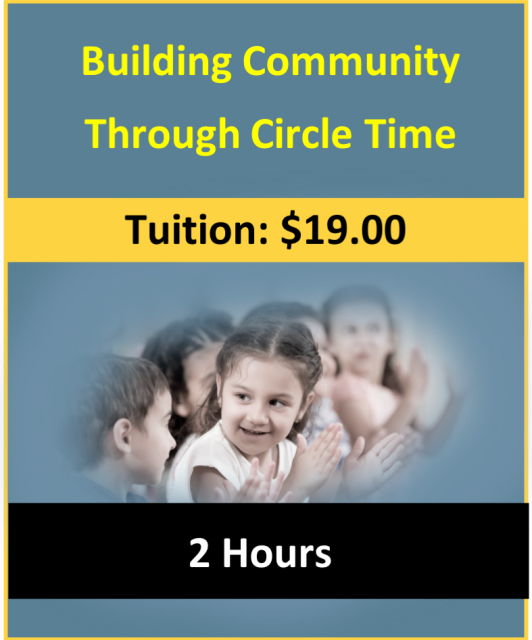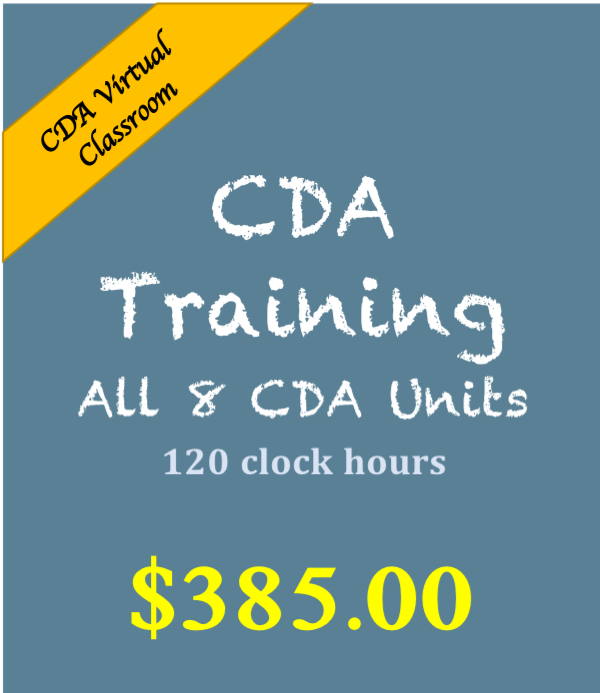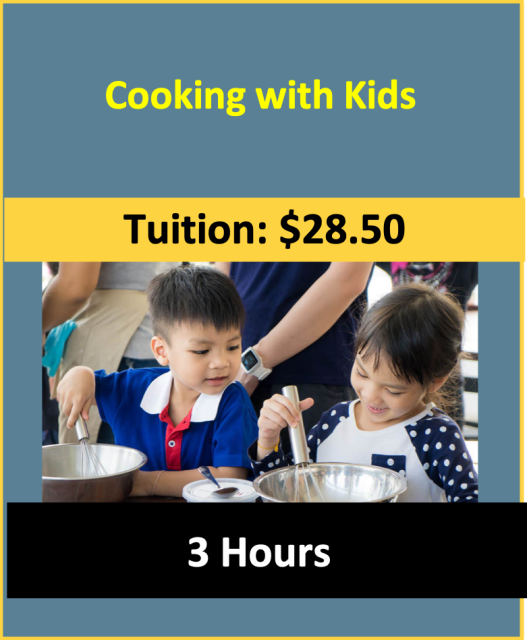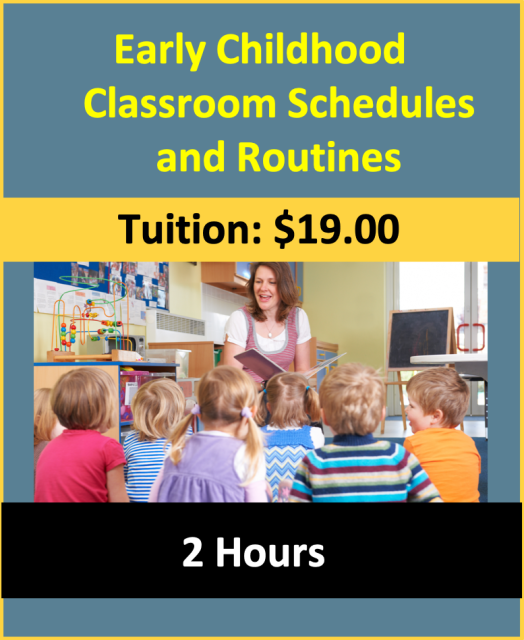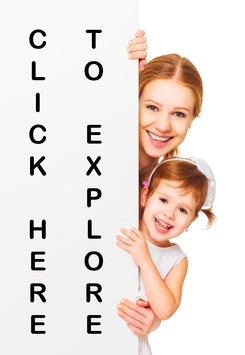From Our Educators
Debra Hasbrook, M.Ed. |
04/22/2015
Children of all ages can have fun playing with Play-dough! It’s pliable, roll-able, sculpt-able, and mold-able. You can put things in it, under it, and on it. You can mix it with other colors and other materials to make it shiny or add texture. When you are done with all that, you can dry it and paint it for a more permanent sculpture. Infants and young toddlers learn through their senses. They need to see it, taste it, feel it, hear it, smell it and sometimes move with it. Their learning is focused on experimentation. When using play-dough with this age group constant supervision is important. Use materials that will not be harmful if a child tries to explore the play-dough by tasting it. Older toddlers and Preschool children begin adding more creativity and experimentation when they play with play-dough. Often they are making “something” with the play-dough. For instance they may intentionally mix colors and observe the outcome. Yes play-do is fun, but what do children learn? Engaging with play-dough covers several domains: Social and emotional development, Cognitive development, Language and literacy, Science, Math and Physical development.
Cognitive Development
While working the play-dough with their hands children are connecting and sending information to the brain. This builds upon the information already collected about using similar materials, such as mashed potatoes, bread/pie dough and mud. Children connect to their working memory by recalling what happened when they used the play-dough in a certain way. This might include: if you roll a ball and pinch it vs rolling a ball and flattening it, how to roll a snake, how to make a snow person, and what it tastes like, what it smells like, how it feels on the skin. Infants and young toddlers will be particularly interested in the sensory experience. Encouraging them to roll a snake for instance will make no sense to them. Talk to them about what they are doing, seeing, smelling, tasting and hearing.
Science and Math
Scientific Method Steps:
Child B was playing with a large ball of play-dough. The teacher provided small animals to expand creativity. Child B found that he could push a small toy into the ball and the toy was hidden. He looked at his friend and said. “Guess where the horse is?” Together they followed the Scientific Method and discovered the horse. Infants and young toddlers will squish or pinch a piece of play-dough and give you a big smile about their new discovery. They will figure out how to get that sticky piece of play-dough off their fingers. It’s all science. We can assist children by asking open ended questions such as: “What will happen if..?” Help them to compare and contrast the work they have done. “Which one is bigger?” “How many balls did you make?” Sorting, classifying and practicing spatial learning will help them with future math concepts.
|
